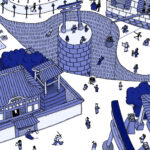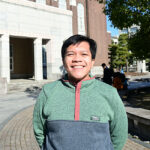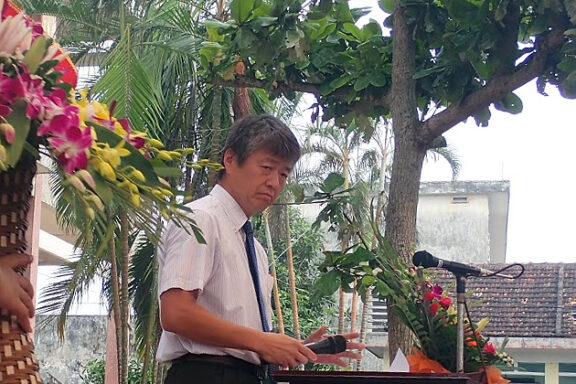Kisho Tsuchiya (Southeast Asian Studies, Modern History)
During my one-year secondment at Ateneo de Davao University (AdDU), my first priority was undergraduate education. I was responsible for teaching two modules for students of law, politics, and history. These were “Governance and Politics in Southeast Asia,” a required course for third year students, and “Political Theory from Asia,” an elective course for fourth year students that I proposed.
I am a Japanese national, a Southeast Asianist and a historian who received higher education in Singapore. This was my first time teaching in Mindanao (and the broader Philippines), a new research site that I began exploring when my first book on East Timor was nearly finished. I spent the year contemplating questions such as: What considerations and strategies are necessary for teaching Asian Studies in Mindanao?” and “What does it mean to teach students who live in my research field?” Below, I share my thoughts on the balance of research and education, teaching students in the field, and Asian Studies in Asia.
On the Balance of Research and Education
University professors are often faced with the challenge of securing time for research amid a heavy teaching load. To provide courses based on the latest research, one must update course plans, read new books and journal articles, and revise lecture notes. Such preparation, even for one class, can take several days if done earnestly.
Fortunately, before my secondment at AdDU began, I received a valuable piece of advice from Professor Michael Leach, a pioneer in East Timor Studies. The gist of it was, “The most beneficial classes for both faculty and students are those that integrate the faculty member’s own research.” This approach has several advantages. For me, as a teaching researcher, it allows me to conduct research while teaching, without being restricted by choosing between the two.
There are also benefits for students. By engaging with the ongoing dialogue and tension between existing works and the researcher who stands before them as a teacher, students can understand the importance of prior research and realize that knowledge is built on conversations among researchers. At the same time, for researchers, the concept of “academia as conversation” is essential for publishing research works and surviving in the academic world.
Teaching Students in the Field
After arriving at AdDU, I first analyzed the existing curriculum. Excluding courses focused on the Philippines, I found that—whether it was political science, history or Southeast Asian Studies—most of the courses were modeled after standard American ones. During the first few weeks of lectures, I also discovered that the students’ intellectual frameworks were primarily based on the dual axis of “the Philippines and the United States.” They had little exposure to theories developed in Asia or historical experiences of neighboring countries.
My educational agenda consisted of three main aims. First, by adding Asia to “the Philippines and America” framework, I aimed to enable students to use a three-point analysis (known as triangulation in both geometry and qualitative research methods) to transcend the dichotomy of the former colonial power and the former colony. Second, I sought to train students to analyze the experiences and challenges of the Philippines within the regional context of (Southeast) Asia. Finally, I aimed to have students actively engage with works of Asian Studies in Asia, not only those from the West, and to appreciate the struggles of regional scholars in the pursuit of knowledge.
To achieve these aims, it is necessary to conduct classes that resonate with students’ individual interests. Some students excel at writing academic papers, while others write like novelists. Some students demonstrate strong leadership, or are skilled in filmmaking or performing arts; each responds to different stimuli.

Therefore, I provided a variety of materials and assignments, not relying on academic papers alone, but also engaging with historical novels, films, interviews, role-playing, and debates. For example, we first read Heryanto (2006), focusing on victims of “state terrorism.” Next, we watched and debated the film, The Act of Killing, which deals with those involved in the Indonesian anti-communist purge. Then, we trained in interview techniques and conducted life-history interviews with local people about crimes committed by those in power. Students shared and discussed the interviews they collected with their classmates.
Finally, they wrote essays on these topics. Throughout this process, I continually provided feedback. By combining various media, activities, and communication with the instructor and among students, the students connected the written information, visual images, and stories to their real-life experiences. As an instructor, I came to know their personalities, strengths, and weaknesses. It is necessary to convey to each student how and why their specific input, and output, is excellent so that they may recognize and value their own talents.
Asian Studies from Asia with Mindanao Students
There are canonical books and articles in Southeast Asian Studies that define the field, just as the works of Machiavelli and Max Weber do for political science and sociology, respectively. Those of us who are third-generation Asian field researchers trained in the English-speaking world often refer (with both respect and irony) to Benedict Anderson, Clifford Geertz, and James C. Scott as symbolic figures who represent the influence of Western white male scholars.
However, growing discussion within Asian Studies in Asia suggests the need to rediscover research from within Asia that has been excluded from the canon of American area studies. Given this context, I have consciously included works by regional researchers in my classes. Interestingly, many of the works that students in Mindanao found particularly engaging were by Southeast Asian authors, such as Mina Roces’s Gender in Southeast Asia, Syed Hussein Alatas’s The Problem of Corruption and The Myth of the Lazy Native, and the historical novels of Pramoedya Ananta Toer. Many students demonstrated a keen awareness of the connections among theories on “heteronormative family alliances,” the sociology of corruption, and the enduring impact of colonial capitalism on contemporary social issues.
For example, one student who read Mani Yadanabon, a record of conversations between the chief minister Min Yaza and kings of the Ava Kingdom (located in present-day Myanmar) in the sixteenth century, noted, “Min Yaza provides useful advice using historical facts, myths, and parables in an easy-to-understand manner, and these are useful for today’s leaders and for our daily lives.” Another student was amazed at how the minister was well-versed not only in his own country’s tradition, but also in the intellectual traditions of India. She said, “Min Yaza is a Southeast Asian thinker who blends indigenous Burmese knowledge with the wisdom of the wider world.”
My students at AdDU surprised me by finding unexpected connections among various Asian countries through assignments such as short story writing, interviews, reflections, and final papers. In one outstanding final paper, a student analyzed the phenomenon of state power justifying its use of violence by comparing Masao Maruyama’s “Theory and Psychology of [Japanese] Ultra-nationalism” and Ariel Heryanto’s critique of “state terrorism” in Indonesia (Maruyama, 1969, 1–24; Heryanto, 2006). She further examined extrajudicial killings under the Duterte administration in the Philippines and the support and participation of ordinary citizens in Duterte’s war on drugs. Her creativity in identifying comparable dynamics among Japan’s mobilization during World War II, the anti-communist purge in Indonesia, and the recent extrajudicial killings in the Philippines, as well as the insights of other students, exceeded my expectations and highlighted the potential of “Asia as method” (Chen, 2010) in the Philippines. Without providing some of the many other examples, suffice it to say that the responses from my students have made me rediscover that, given the impetus and encouragement, students can discover new classics and develop their own paradigms. Through my teaching experiences at AdDU, I have gained high hopes for the future of Southeast Asian research.
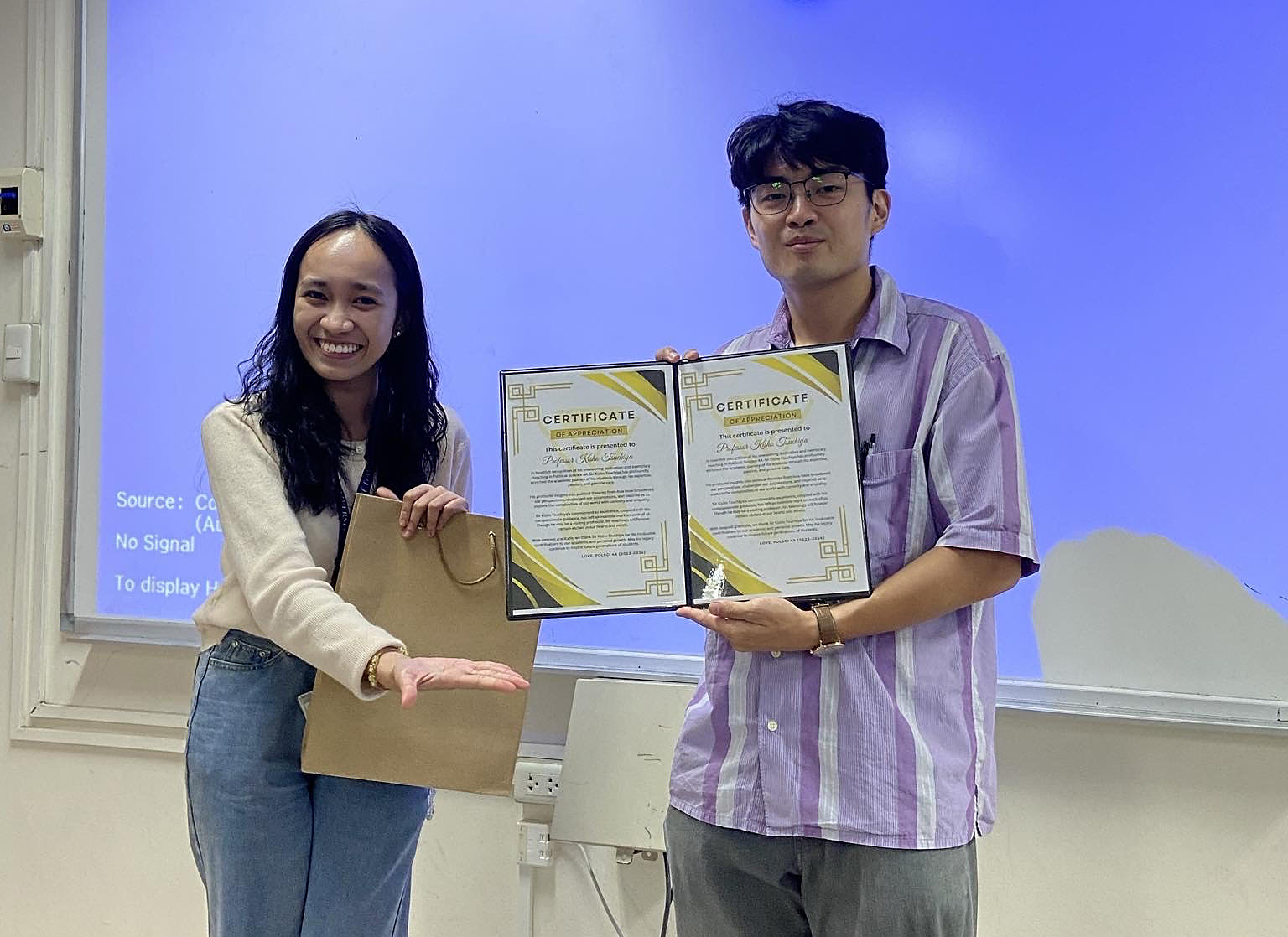
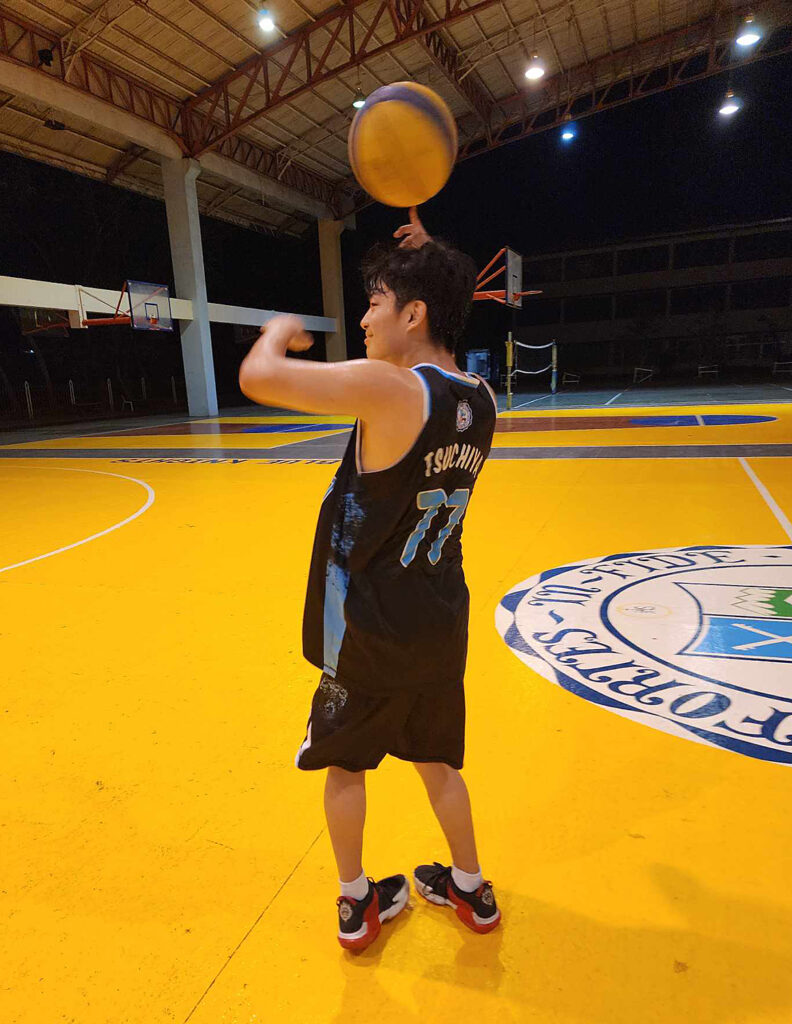
Games, as a representative of the College teachers’
basketball team
(15 June 2024)
Further Readings
Alatas, Syed Hussein. 1977. The Myth of the Lazy Native: A Study of the Image of the Malays, Filipinos and Javanese from the 16th to the 20th Century and Its Function in the Ideology of Colonial Capitalism. London: F. Cass.
Alatas, Syed Hussein. 1986. The Problem of Corruption. Singapore: Times Books International.
Chen, Kuan-Hsing. 2010. Asia as Method: Toward Deimperialization. Durham: Duke University Press.
Heryanto, Ariel. 2006. State Terrorism and Political Identity in Indonesia: Fatally Belonging. Oxford: Routledge.
Maruyama, Masao. 1969. “Theory and Psychology of Ultra-nationalism” in Thought and Behavior in Modern Japanese Politics, ed. Ivan Morris. London, Oxford, and New York: Oxford University Press.
Oppenheimer, Joshua, Anonymous, and Christine Cynn. 2012. The Act of Killing. Final Cut for Real Aps, Piraya Film, Novaya Zemlya.
Roces, Mina. 2022. Gender in Southeast Asia. Cambridge: Cambridge University Press.
Sandalinka. 1981. The Maniyadanabon of Shin Sandalinka, trans. L.E. Bagshawe. Ithaca: Cornell Southeast Asia Program.
Takeuchi, Yoshimi. 2005. “Asia as Method” in What is Modernity? Writings of Takeuchi Yoshimi, ed. and trans. Richard F. Calichman. New York: Columbia University Press.
Toer, Pramoedya Ananta. 1996. This Earth of Mankind, trans. Max Lane. New York: Penguin Books.
This article is also available in Japanese. >>
「調査地での教育:アジアからのアジア研究の実践〈ダバオ滞在記3〉」
(土屋喜生)

